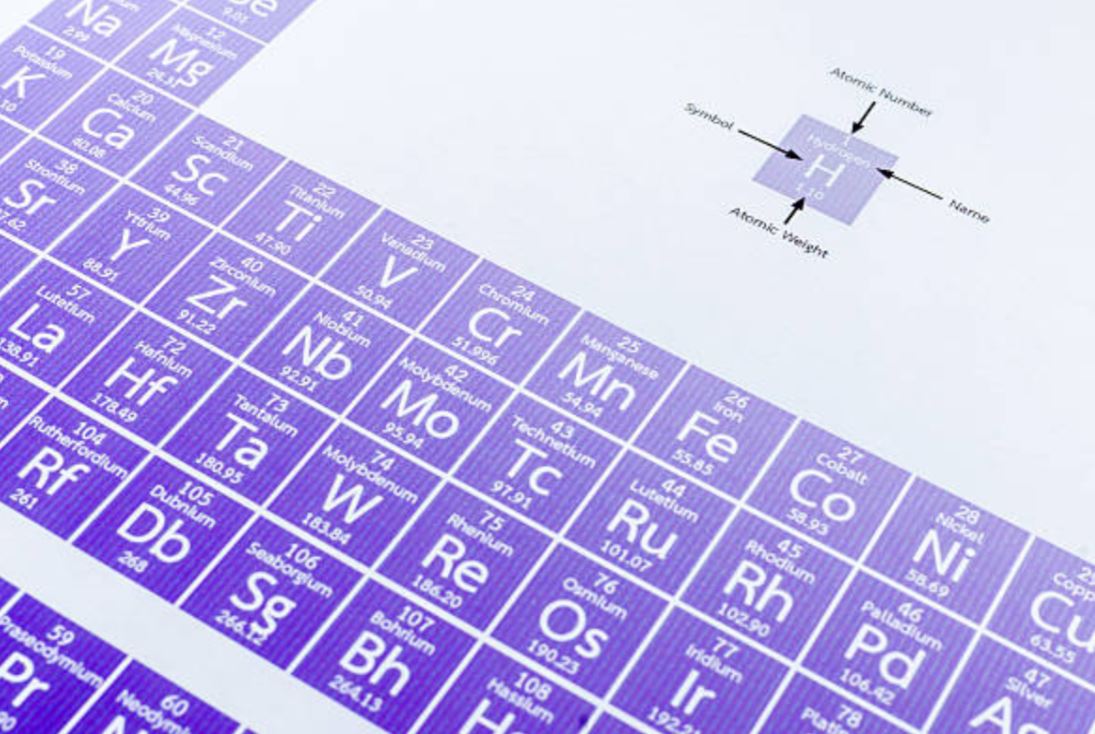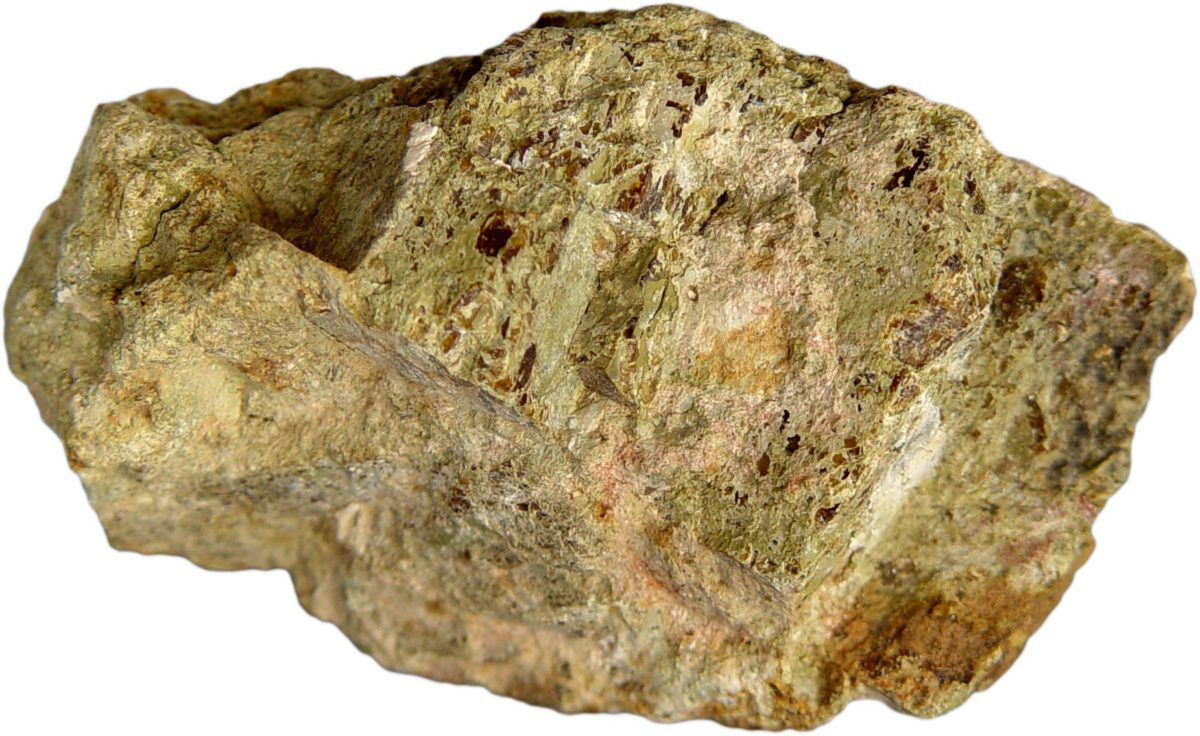

Non-renewable Resources in an Ever-Growing Renewable Energy Market: the Case of Rare Earth Elements (REEs) Part I
This twofold series of short articles is meant to briefly present the global market’s dependency on non-renewable resources, despite sustained efforts to shift towards renewable, green industries. Both articles will focus on rare earth elements and future prospects of their industrial use.

Bastnäsite mineral, rich in rare earth elements.
The global demand for non-renewable resources has faced a steep rise due to the generalised use of these raw materials in technological products specific to the green industry. Rare earth elements are specifically in high demand in more mature market segments where they are used as catalysts, miniaturisation of electronics, medical technology, glassmaking, metallurgy, battery alloys and permanent magnets. As an example, permanent magnet generators based on neodymium-iron-boron (NdFeB) are used in offshore wind turbines; both for wind turbines and electric vehicles neodymium and dysprosium (Dy) are and will continue to be on an increased demand, accounting for about 85% of the REEs used. The recycling possibilities are still very restricted, as the technology necessary is very costly and not imposed by any state regulations.
There are myriads of uses of REEs in many important branches of the industry, without which our quality of life would be drastically reduced: visualisation of images in medicine (thulium and gadolinium), solar panels (germanium), catalysts (gadolinium), permanent magnets (samarium and neodymium), mobile phone displays (yttrium, terbium, dysprosium), nuclear industry (samarium), ceramics and pigments (praseodymium) etc.
Because of the increased demand and consumption, REE’s could reach peak oil in the near future. This concept stems from the oil industry and means the point on a graph where production begins to decline due to over-exploitation and depletion of reserves. At the moment, the global market is exclusively dependent on China, who supplies the entire world with over 95% of the demand in REEs (also owning 45% of the world reserves). This makes the prognosis of future demand and supply a high risk affair, especially since the Chinese government has occasionally restricted exports and created great price fluctuations in the past mainly due to illegal mining activities. In 2010 for instance, China reduced its exports by 40%.
Europe is currently unable to meet its demand from other sources, if China were to continue its protectionist measures or if other unpredictable market disruptors occur, Europe will have to find other ways to cover its demand. A possible solution to this issue will be presented in the next article.
–
Author: Ruxandra Ionce



